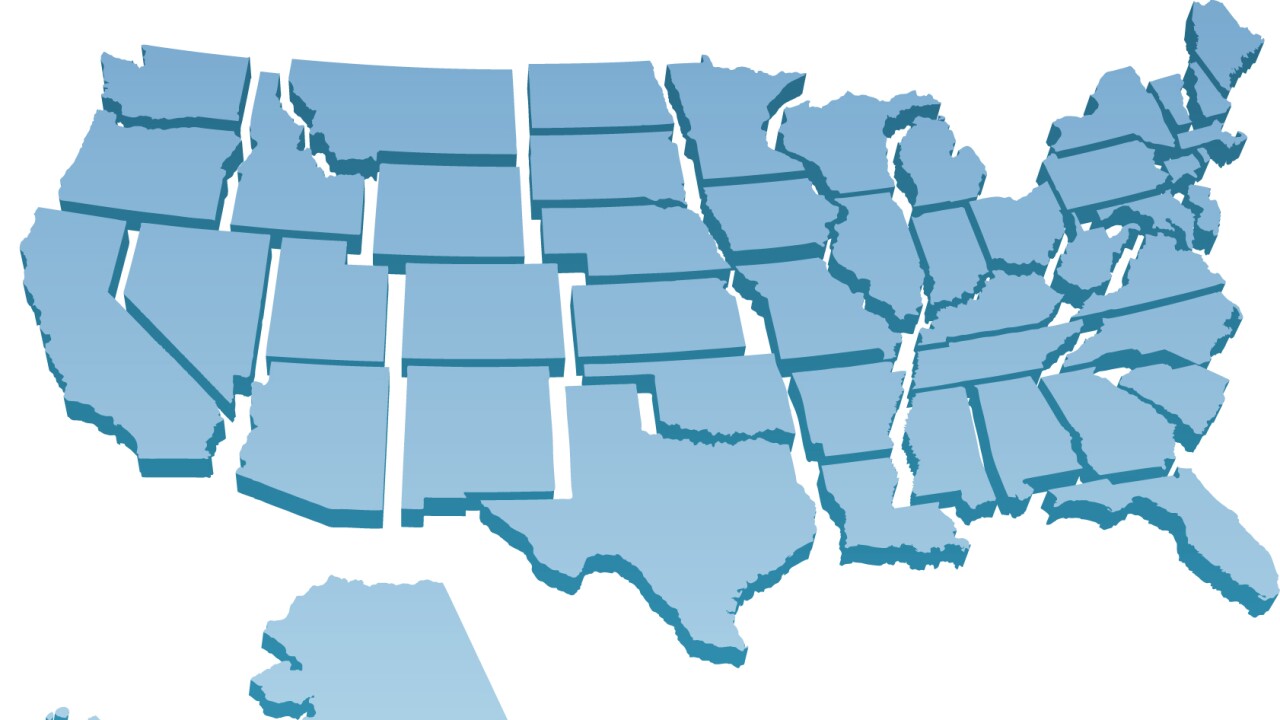Let me share a true story. I was talking to a CPA, a sharp practitioner with a great reputation, just after tax season. He was exhausted. I asked him about his Written Information Security Program, his WISP. He sighed and said, "Jatin, I downloaded a template, put my firm's name on it, and filed it away. Done. One less thing to worry about."
I had to be honest with him. "You haven't solved a problem," I said. "You've just created a bigger one."
That piece of paper he filed away? It's not a shield. It's a time bomb. In the world of cybersecurity, this "set it and forget it" mindset is the single most dangerous risk an accounting firm can take. A WISP isn't a document you create to keep the IRS or your insurance company happy. It's supposed to be the living, breathing immune system for your entire practice. When it's just a generic template, it gives you a false sense of security while leaving the door wide open for disaster.
The two mistakes that can cost you everything
Think about it. What's the difference between a firm that survives a cyberattack and one that's destroyed by it? It usually comes down to two things.
1. The generic template trap: Let's call this what it is: a lie. A template that doesn't map to your specific software, your actual staff, and the way you handle data is a work of fiction. It's like having a fire escape plan for the wrong building. It looks official, but when the fire starts, you'll discover the exits don't exist. What do you think an auditor or an FBI agent will say when they see your plan doesn't mention the tax software you use every single day? They'll see it for what it is: proof of negligence.
2. Forgetting the "human firewall": I had another client. Let's call her Susan. Susan had the best security software money could buy. But her team saw her security rules as just another administrative headache. They weren't trained, they weren't bought in, and one of them clicked on a clever phishing email disguised as a client request. The most sophisticated alarm system in the world is useless if someone on the inside hands the thief the keys. Your team is your most critical line of defense. If they don't understand why they're being asked to use multifactor authentication or report a suspicious email, the policy is worthless.
How to build a WISP that actually works
So, how do you fix this? You stop thinking of your WISP as a document and start treating it like a core part of your business operations. It's simpler than you think.
First, conduct a real-world risk assessment. Forget the checklists for a moment. Ask yourself the simple questions: Where does my most sensitive client data live? Who has access to it? What would happen if my client list was posted online tomorrow? The answers to those questions are the foundation of your security plan.
Next, make your technology do the work for you. Your security policies should be built into the tools you use. If your client portal or file-sharing system doesn't enforce strong passwords and multifactor authentication, you're fighting an uphill battle. Choose partners who take security as seriously as you do. When your technology enforces your policies, compliance stops being a chore and becomes automatic.
Finally, make training an ongoing conversation, not a one-time event. It doesn't have to be a boring, all-day seminar. When a new scam makes the news, send a two-sentence email to your team: "Hey team, this is going around. Don't click it." That's a living security program in action.
Stop checking boxes. Start building trust
Here's what I tell every client: your goal isn't to have a document. It's to build a culture of security where every single person on your team feels responsible for protecting client data.
For many firms, this means admitting that a DIY template isn't enough. You're an expert in accounting, not cybersecurity. Seeking expert guidance to build a real program isn't a sign of weakness; it's the move of a smart CEO who knows how to delegate. It's how you build a plan tailored to your firm, so you can confidently manage your security internally.
A living WISP does more than satisfy a compliance rule. It builds unshakable trust with your clients. It lets you sleep at night. It turns your security posture from a liability into a powerful differentiator.
Don't risk everything you've built for a short-term saving on a template. In today's world, that's the difference between surviving and thriving.





